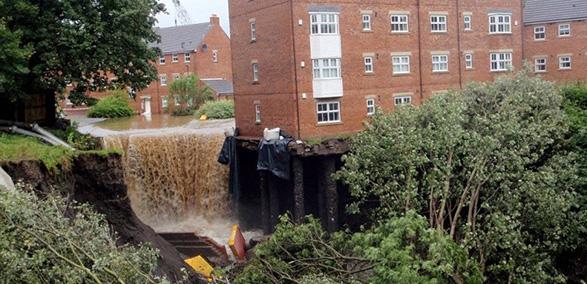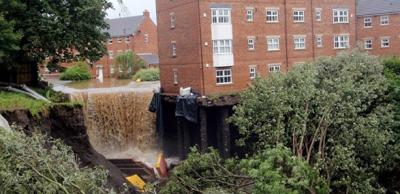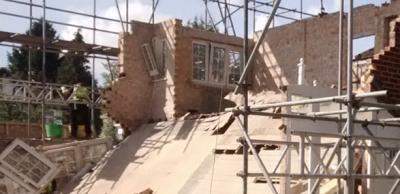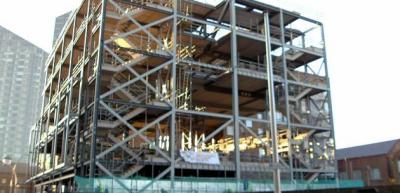SCOSS Alert: A sudden loss of ground support
A new Alert guidance document published by Structural-Safety* incorporating CROSS (Confidential Reporting on Structural Safety) and SCOSS (Standing Committee on Structural Safety) and the HSE (Health & Safety Executive) provides guidance on precautions that can be taken to identify the potential for sudden loss of ground support.
Who is the alert aimed at?
This Alert is aimed at both public and private clients who own infrastructure assets and/or buildings, those who are engaged in development, designers, including architects and structural engineers, and contractors.
What are the issues?
The most recent example of loss of ground support was at Pinner Primary school in London. This is now facing an uncertain future after a chalk mine was discovered beneath it in March. Geological surveys have found an "unacceptable risk" that the ground below the school could become unstable.
Until recently, the existence of the mines was unknown and they are said to be uncharted. However, it has now been identified that parts of the mine roofs have collapsed and this is putting the stability of the school itself at risk. This is not a one off and news reports of sink holes opening up and foundations washed away through flooding or water leaks feature regularly in the news.
SCOSS has logged several incidents of unstable ground below structures where voids have opened up; so far without loss of life, but pictures of the incidents show that safety could easily have been compromised, severely.
And the conclusions?
Given the range of incidents reported over recent years, and the fact that these encompass domestic properties, large infrastructure projects and public utilities, designers are cautioned:
- Be aware of the hazard. In its broadest definition, this is: ‘sudden loss of ground support’. A number of causes are possible.
- Consider how gross movement might be triggered by severe weather.
- Ensure all site investigations include searches of historical databases for potential underground workings such as mine workings and services. Local Building Control Surveyors may be acquainted with local activity. Obtain a commercially available coal mining or ground stability report.
- If there is reason for concern, ensure the site investigation includes ground probing or geophysical surveying such as ground penetrating radar seismic, electrical resistivity or microgravity methods.
- Be aware of the possibility of wash out from leaking culverts, drains, sewers, water mains or pumping mains. As for mines, the exact pipeline location may be unknown, so on site construction may reveal more information.
- If piped services are close to foundations, consider the risk (and consequences) of wash out. Be especially careful if large or high-pressure pipelines are close to isolated shallow foundations which support significant structure (e.g. bridges).
- For all key infrastructure components, ensure regular inspections, monitoring for signs of movement. Exercise caution if foundations are exposed to hazards but cannot be checked. Investigate any signs of movement.
- Consider the sensitivity of the design to foundation disturbance and make sure the structure is ‘robust’. When doubts exist, opt for foundation forms that are less vulnerable to credible ground loss events (e.g. rafts).
- Ensure structures sensitive to the effects of climate change, such as increased flood potential, are reviewed for the potential to need enhancements to their foundations.
- Ensure all site investigations are robust in their consideration of the potential for the ground to be subject to undermining from soluble subsurface features such as limestone, gypsum and chalk.
*Structural-Safety works with the professions, industry and government on safety matters concerned with the design, construction and use of building and civil engineering structures.
Further information
For more information http://www.structural-safety.org/media/398754/scoss-alert-sudden-loss-of-ground-support-final.pdf
Also read SCOSS's alert on steel frame buildings and basement work that avoids house collapse
Sign up to the building bulletin newsletter
Over 48,000 construction professionals have already signed up for the LABC Building Bulletin.
Join them and receive useful tips, practical technical information and industry news by email once every 6 weeks.
Subscribe to the Building Bulletin




Comments
Add new comment